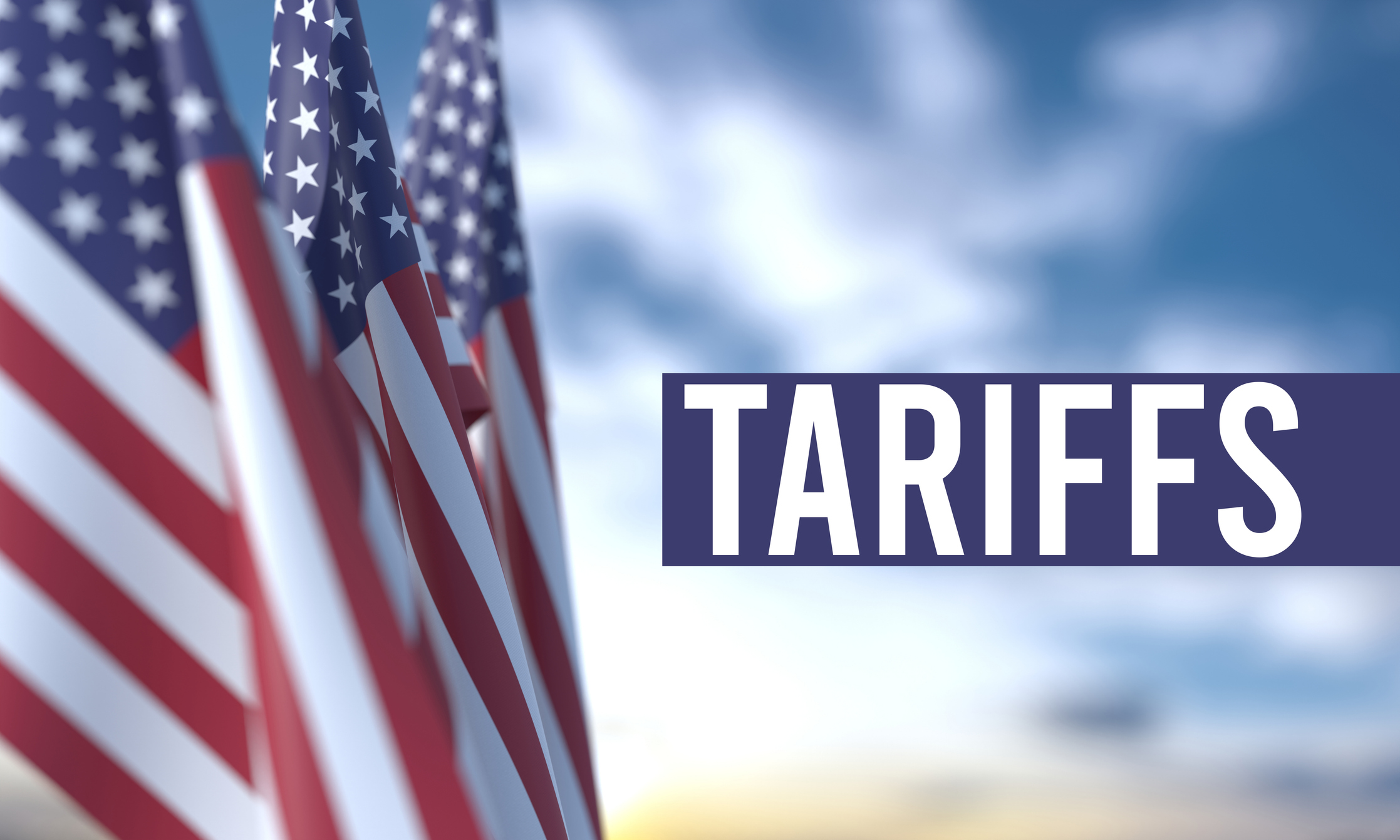We all knew it was coming. But when Tariff Day hit on 2 April, we witnessed the worst-case scenario in the tariff stakes. Markets went into a tailspin as Trump revealed his list of tariff levies, with China at the top. The world has anticipated a trade war between the superpowers for years, but Trump’s Mar-a-Lago strategy for re-engineering global trade and addressing what he sees as a grossly unfair imbalance has put global trade tensions at the top of board agendas for lots of organisations.
Whatever your take on it, the reality is that global trade dynamics have shifted, protectionist policies have become more common, and tariffs are set to reshape the competitive landscape across industries. From consumer goods to industrial components, companies are being forced to rethink their pricing strategies to maintain profitability, but trying to do so without alienating customers.
Successfully navigating this environment requires a smart, structured response – and it’s something that organisations are going to have to mobilise quickly. To help companies get their pricing ‘tariff ready’, here are six rules to help your business thrive in the tariff landscape:
1. Understand the impact of tariffs on your cost structure
The first and most critical step is to quantify how tariffs will influence your overall costs. Identify which products or components are directly affected and determine the scale of additional expenses introduced by these tariffs. By doing a detailed cost-impact analysis, you’ll be equipped to make data-driven decisions about pricing adjustments. Understanding your exposure also enables more precise margin preservation across product categories, preventing overcorrection or under-pricing.
2. Adjust pricing strategically, not uniformly
A common pitfall is to apply a uniform price increase across the board. But this approach can lead to reduced competitiveness and customer churn, especially in price-sensitive segments. Instead, it’s important to segment your offerings based on demand elasticity. For items with low price sensitivity (inelastic demand), a more significant price adjustment might be sustainable. For products with high price sensitivity, a smaller, more nuanced increase – or even no change – might be necessary to retain volume. Price leaders in the market typically act first, while followers react to competitive signals. Strategic pricing gives you an advantage over both.
3. Justify increases through value-added offerings
Raising prices can risk customer dissatisfaction – unless there’s a clear, perceived benefit. That’s where value-added services come in. Bundle your core product with extras like extended warranties, premium support, training, or fast-track delivery options. These enhancements shift the conversation away from cost alone and toward overall value, helping to retain customer loyalty even when prices rise. A smart value proposition makes the adjustment more palatable and positions your brand as a partner rather than just a supplier.
4. Track competitive moves and market reactions
In a tariff-influenced market, no pricing decision exists in a vacuum. Your competitors are facing similar cost pressures and will be adjusting their strategies as well. Stay vigilant – monitor their pricing changes, promotional tactics and value propositions. Adapt your response accordingly to make sure that you’re aligned with market expectations. Being overly aggressive or too conservative without contextual insight can result in decreasing sales and lost market share. Market intelligence is not a luxury – it’s a necessity.
5. Preserve price integrity through alternative levers
Discounting should not be your first response to tariff-related pressures. Instead, you should look at alternative levers that protect your pricing integrity. Think about offering substitute products with different sourcing origins or revising payment terms to ease customer cash flow. You could consider providing more flexible delivery timelines or re-evaluating supply chain routes. Renegotiating contracts could also reveal opportunities to cut costs upstream without adjusting end-customer prices. These actions reinforce your value without undermining long-term brand positioning.
6. Act quickly and smartly on price adjustments
Timing is everything. Delayed responses to tariff changes can erode margins and lead to lost trust in the market. Leverage advanced analytics and AI-powered pricing tools to quickly process relevant data, such as tariff rates, supply chain inputs, competitor moves and customer behaviour, and use these to guide your pricing decisions. Fast action based on reliable insights will allow your business to stay agile and proactive, instead of being reactive and feeling under pressure.
In an era where tariffs are shaping global business decisions, companies have to adopt a disciplined, flexible and informed approach to pricing. By understanding costs, tailoring strategies, adding value, observing the market, maintaining pricing discipline and acting swiftly, organisations can not only mitigate the impact of tariffs but also use them to help get a competitive advantage.
Pricing isn’t just a financial lever – it’s a strategic one which will help businesses survive in this new tariff environment. The companies that adapt wisely are those that will emerge stronger.
If you would like to speak to Valcon about how to tackle pricing in relation to tariffs, please reach out to Danilo Zatta at [email protected] or Anders Gantzhorn at [email protected].













